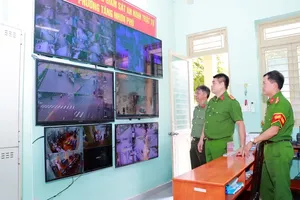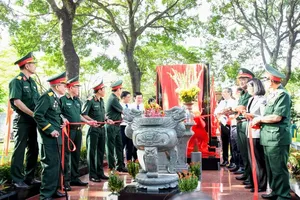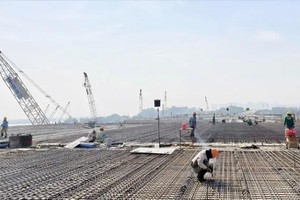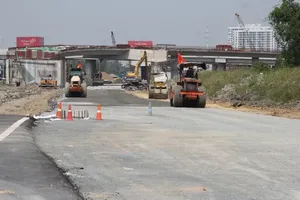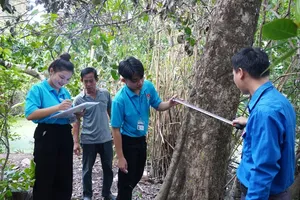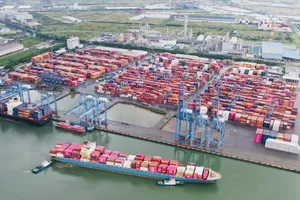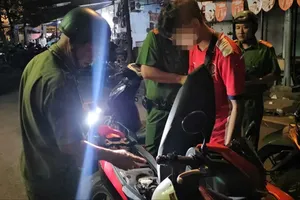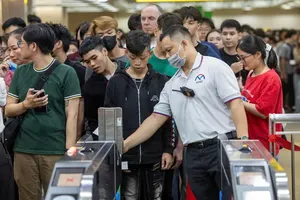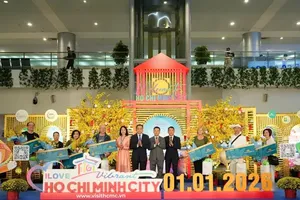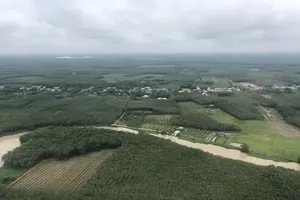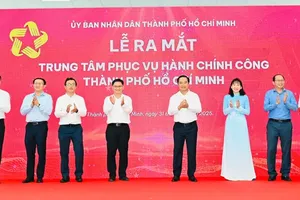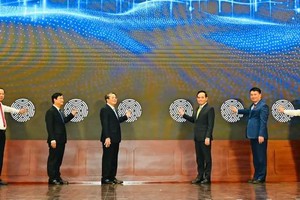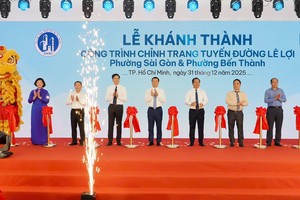The eastern gateway of Ho Chi Minh City has been determined to be one out of two main development directions in the city’s socioeconomic overall plan by 2020 with visions till 2025, where traffic infrastructures have strongly developed shortening the distance to the city’s center areas and neighboring provinces and creating modern urban areas.

A couple of years back, traffic infrastructures were poor while the life of local residents was hard in districts 2, 9 and Thu Duc. After HCMC gathered all resources to invest in social and technical infrastructures, the area has changed its look year by year.
Thousands of billions of US dollar from state budget and social sources have been poured into traffic infrastructure.
Projects upgrading Hanoi Highway and National Highway 1A in the eastern gateway, linking HCMC up to Binh Duong and Dong Nai provinces and other provinces in the central and northern region, have been done.
Total investment capital for the 15.7 kilometer Hanoi Highway expanding project approximates VND2.2 trillion (US$97.77 million).
Another important route HCMC-Long Thanh-Dau Giay Expressway has opened to traffic early this year with a total capital of VND20 trillion(US$889.13 million).
The expressway has reduced distance and travel time from HCMC to Dong Nai province and Vung Tau city. In the future, it will be the main route connecting HCMC and Long Thanh International Airport that the National Assembly has approved in Long Thanh District, Dong Nai.
Hanoi Highway and HCMC-Long Thanh-Dau Giay Expressway have created motivation to form new urban areas in the eastern gateway.
Among most anticipated works is metro route No.1 Ben Thanh-Suoi Tien, which will go through districts 1, 2, 9, Binh Thanh, Thu Duc and Binh Duong province. Alongside stations will be connected with surrounding residential areas.
After completion in 2018, the metro route will positively impact the eastern area’s development, where the city has encouraged construction of commercial centers and modern urban areas.
In addition, many projects have been started and done to cut short the way to the city’s downtown and Phu My Hung new urban area such as Vo Van Kiet-Mai Chi Tho Boulevard, Saigon River Tunnel, Saigon 2 Bridge, Thu Thiem 1 Bridge, Phu My Bridge and an outer belt road.
Thu Thiem 2 Bridge linking Thu Thiem new urban area in District 2 with the downtown area has broke ground in February at a total capital of VND4 trillion (US$177.84 million) and is expected to complete by the second quarter 2018.
Dai Quang Minh Company has invested over VND10 trillion to build four main roads connecting functional portions of Thu Thiem. Construction is schedule to finish by February 2017.
According to plan, the 657 hectare Thu Thiem area is the heart of the eastern development corridor comprising center portion, northern and southern residential sites and multifunctional portion along the East West Highway or Vo Van Kiet Boulevard, and a natural portion in the southwest.
HCMC People’s Committee has issued many policies to attract investment to Thu Thiem as well as many investment promotion events.
The management board of the Thu Thiem new urban area reported it has attracted about 100 investors comprising large economic groups in the world.
Thu Thiem is expected to become a high-class financial, commercial and service center in the southern region.
